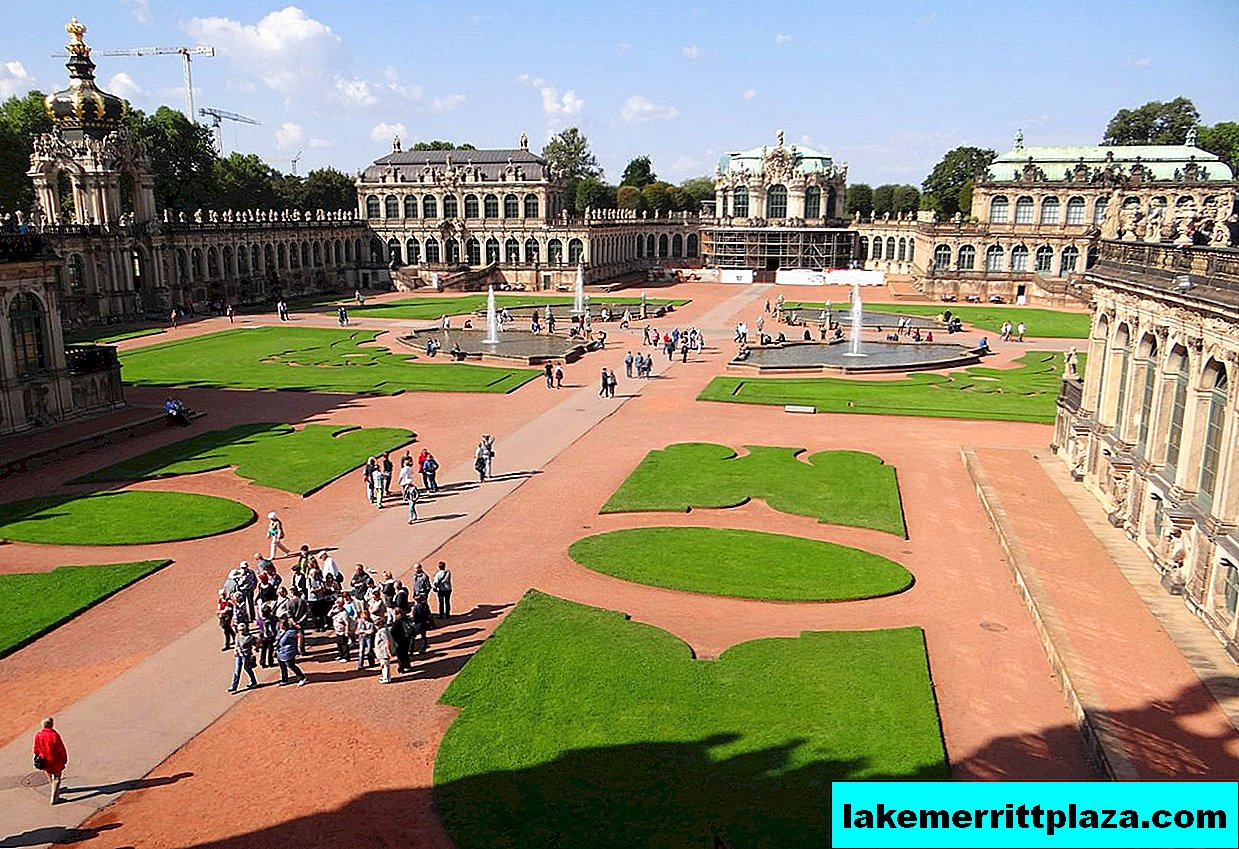Germany has many interesting places and popular routes. Romantic road - the most famous tourist route in Germany. The "Road of the Romantics" stretches from Main through Franconia, Bavarian Swabia and Upper Bavaria to the alpine peaks.

Romantic road, Ausburg
Germany has many interesting places and popular routes. Romantic road (Romantische Straße) - Germany's most famous tourist route. The "Road of the Romantics" stretches from Main through Franconia, Bavarian Swabia and Upper Bavaria to the alpine peaks.
This road united the main wealth of German land - ancient castles, ancient monasteries, emerald meadows and vineyards. Among this splendor, a 366 km long highway was laid.
Romantic Road Map

Romantic Road Map
All cities of the Romantic Road in Germany
- Würzburg (Würzburg),
residence of the archbishops,
Fortress Marienberg - Tauberbischofsheim
- Lauda-Königshofen
- Bad Mergentheim
- Vikersheim
- Röttingen - a city of wine and sundial
- Kreglingen
- Rothenburg ob der Tauber,
Rottenburg Puppet and Toy Museum
German Christmas Museum - Schillingsfurst
- Feuchtwangen
- Dinkelsbühl
- Wallerstein - a city that stands in the crater of an ancient meteorite
- Nerdlingen - the capital of the Rice bowl
- Harburg and Harburg Castle
- Donauwoerth - a beautiful city recreated from ruins
- Augsburg
- Friedberg - Ducal Frontier Fortress
- Landsberg am Lech - the youngest city on the "Road of Romantics"
- Hohenfurch - pastoral village in the foothills of the Alps
- Shongau
- Peiting
- Rottenbuch
- Pilgrimage church in the village of Vis
- Steingaden
- Halblech
- Schwangau - Swan Village,
- Royal Crystal Baths
- Hohenschwangau Castle
- Neuschwanstein Castle
- Fussen

Würzburg
The route starts from the city of Würzburg. There, travelers try local wine and visit the 18th-century baroque palace, the residence of the archbishops (Würzburger Residenz). Tourists are invited to visit the Festung Marienberg fortress (13th century), which majestically rises on a hill above Würzburg.

Bad Mergentheim, photo by Holger Uwe Schmitt
The next point on the route of the romantics is the city of Bad Mergentheim and its famous fortress - the stronghold of the Knights of the Teutonic Order. In the castle of masters is a museum of the order.

Rothenburg ob der Tauber, photo mbell1975
Be sure to stay in the fabulous Rothenburg (Rothenburg) - a city that has retained its true historical appearance. Rothenburg itself is called the open museum of the Middle Ages. Travelers visit two unique exhibits here - the German Christmas Museum and the Medieval Justice Museum.

Dinkelsbühl
City of Dinkelsbühl. Its entire historical center can be called a tourist attraction. Houses with multi-colored facades and Gothic inscriptions keep a medieval flavor. The old part of Dinkelsbuhl is surrounded by a ring of a fortress wall with defensive towers.

Nördlingen by Roger Wollstadt
The ancient Nördlingen was built in the crater of an ancient exploding meteorite, so the historical part of the city has a regular round shape. The center of Nördlingen is surrounded by a wall with eleven towers and five gates. These structures have remained almost unchanged since the 14th century. A separate museum is dedicated to the "founder" of the city - a huge meteorite - in Nördlingen.

Harburg Castle (Schlöß Harburg), photo by losgor
Further on the path of tourists, "romantics" stands Harburg. Harburg Castle on the mountain is the oldest of the medieval German fortresses (11th century). You can get into her courtyard if you go through a chain of gates with lockable bars. The oldest fortification of the fortress is called the Tower of Thieves.

Fuggerei Quarter, photo by Allie_Caulfield
The city of Augsburg should be visited in the Fuggerei quarter, which is called the "city in the city." It consists of seven small streets with seven gates. The center of the quarter has its own church. Banker Jacob Fugger in 1514-23 built this quarter for poor citizens. Today, poor families with children live in the quarter. The decision to enter the Fuggerei is made by the Fugger Family Foundation.

Wieskirche, Pfaffenwinkel, photo by Boris Ott
Further travelers go to the town of Pfaffenwinkel. This is an area with wonderful landscapes and unspoilt nature. Tourists visit the pilgrimage church Wieskirche (Wieskirche). The temple was built in honor of the statue of Christ, with which a divine miracle was associated. The baroque Wizkirche temple looks simple from the outside, but its interiors with colorful columns, gold stucco molding and colorful frescoes are magnificent. The object of pilgrimage - the figure of the Savior - is in the central altar.

Hohenschwangau Castle (Schloss Hohenschwangau)

Neuschwanstein Castle (Schloß Neuschwanstein)
Schwangau is the most romantic stop on the route. Here are the majestic royal castles of the XIX century - Hohenschwangau (Schloss Hohenschwangau) and the legendary Neuschwanstein (Schloß Neuschwanstein).

Füssen, photo by Werner Böhm
The last point of the Romantic Road is Füssen. The medieval historical center of Fussen has been completely preserved. High above the city, on a hill, stands an architectural complex: the monastery of St. Magnus and the residence of the Archbishops of Augsburg.
Along the Romantic Road, bicycle paths are laid. There are restaurants all along the way, route maps are sold. Tourists are offered a special package of services. Along the route of travelers, cultural events, concerts, public holidays are constantly held.
How do I save on hotels?
Everything is very simple - look not only at the booking. I prefer the search engine RoomGuru. He is looking for discounts at the same time on Booking and on 70 other booking sites.








